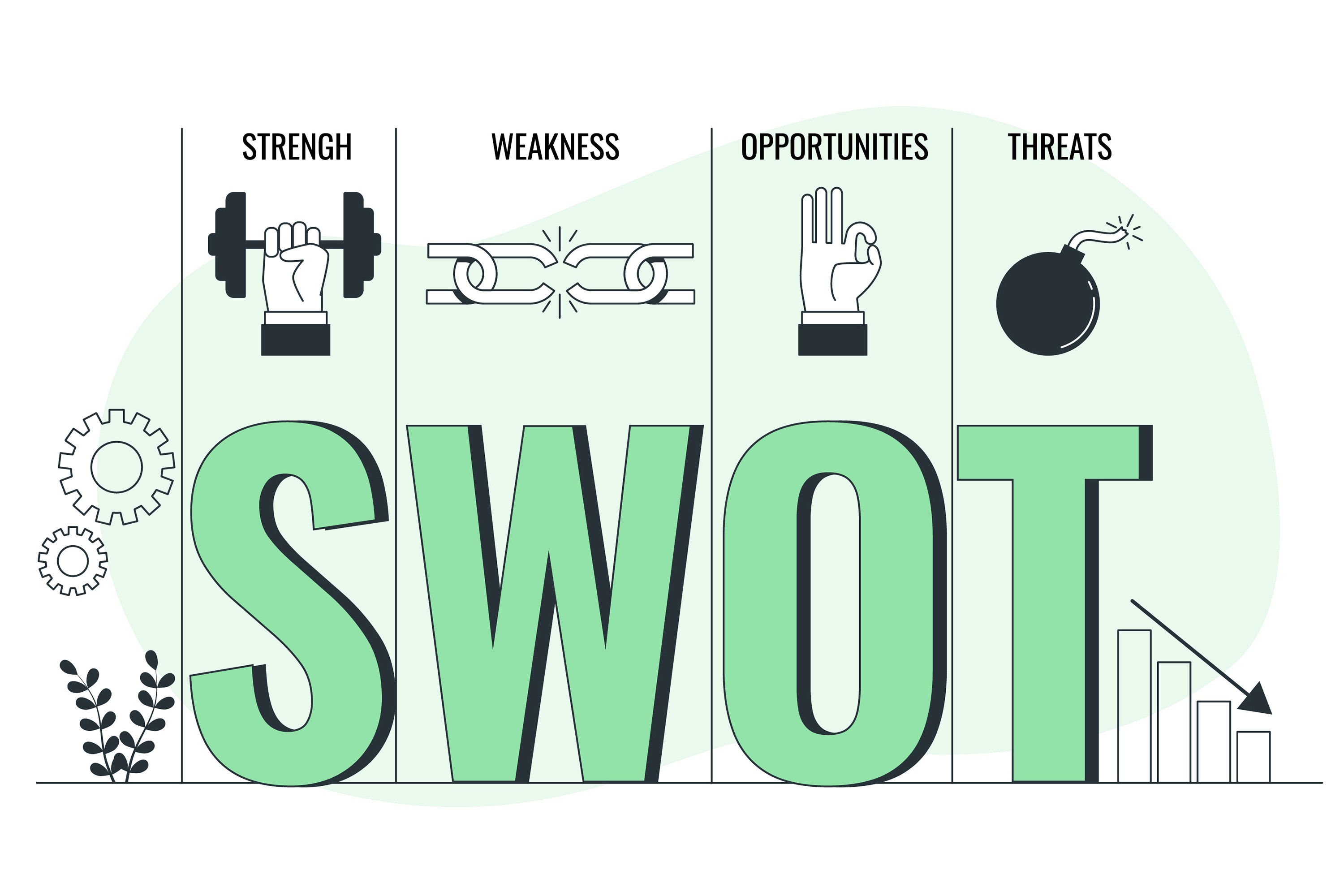Excecution
•
3 mins
7 November 2024
What are SMART goals and the OGSM framework?
SMART goals and the OGSM framework are two powerful tools that help organizations turn their vision into tangible results. SMART stands for Specific, Measurable, Acceptable, Realistic, and Time-bound. This approach ensures that objectives are clear and achievable, significantly increasing the chances of success.
The OGSM framework (Objectives, Goals, Strategies, Measures) is a strategic planning tool that helps companies translate their long-term vision into concrete actions. It connects overarching objectives with specific, measurable goals, supported by strategies and metrics. This method provides a clear structure for outlining and executing business strategies.
The synergy between SMART goals and OGSM
The strength of SMART goals and the OGSM framework lies in their complementarity. SMART goals form the building blocks for the 'Goals' within OGSM, making each component of the strategy concrete and measurable. This synergy creates a robust framework in which every action contributes to the greater whole.
By integrating SMART goals into the OGSM framework, organizations create a dynamic system where strategy and execution seamlessly align. This leads to better focus, more efficient resource allocation, and a higher chance of achieving both short- and long-term objectives.
Step-by-step: Defining SMART goals within OGSM
The process of defining SMART goals within the OGSM framework begins with establishing the overarching objective. Specific goals are then formulated that contribute to this main objective. Each goal is tested against the SMART criteria to ensure they are concrete and achievable.
After establishing the goals, strategies are developed to achieve them. It is crucial to define metrics that can monitor progress. This step-by-step approach creates a coherent plan that provides direction at all levels within the organization.
Common challenges and how to overcome them
One of the biggest challenges in implementing SMART goals within OGSM is finding the right balance between ambition and feasibility. Organizations sometimes lean towards overly ambitious objectives, which can lead to demotivation. The solution lies in carefully calibrating goals, supported by thorough market analysis and realistic forecasts.
Another challenge is consistently measuring and adjusting objectives. A robust system of performance indicators and regular evaluation moments is essential for this. By incorporating flexibility and being willing to adjust goals based on new insights, the strategy remains relevant and effective.
SMART goals in OGSM vs. traditional objectives
Compared to traditional objectives, SMART goals within OGSM offer a much more structured and measurable approach. While traditional goals are often vague and open-ended, the SMART methodology provides clarity and focus. This results in a higher degree of accountability and a clearer path to success.
Furthermore, the integration of SMART goals into OGSM facilitates better alignment between different departments and levels within the organization. This leads to a more coherent business strategy and a more efficient deployment of resources, ultimately resulting in better performance and an increased chance of achieving strategic objectives.
Measuring and evaluating SMART goals within OGSM
Measuring and evaluating SMART goals within the OGSM framework is crucial for the success of the strategy. This requires establishing clear Key Performance Indicators (KPIs) that are directly linked to the defined goals. Regular evaluation moments enable organizations to quickly adjust where necessary.
By utilizing modern data analysis tools, companies can gain real-time insight into their performance against the established goals. This continuous monitoring allows organizations to act proactively and adjust their strategy to changing market conditions, keeping them flexible and competitive in a dynamic business environment.
Excited to get started with OGSM? Download our templates here.



